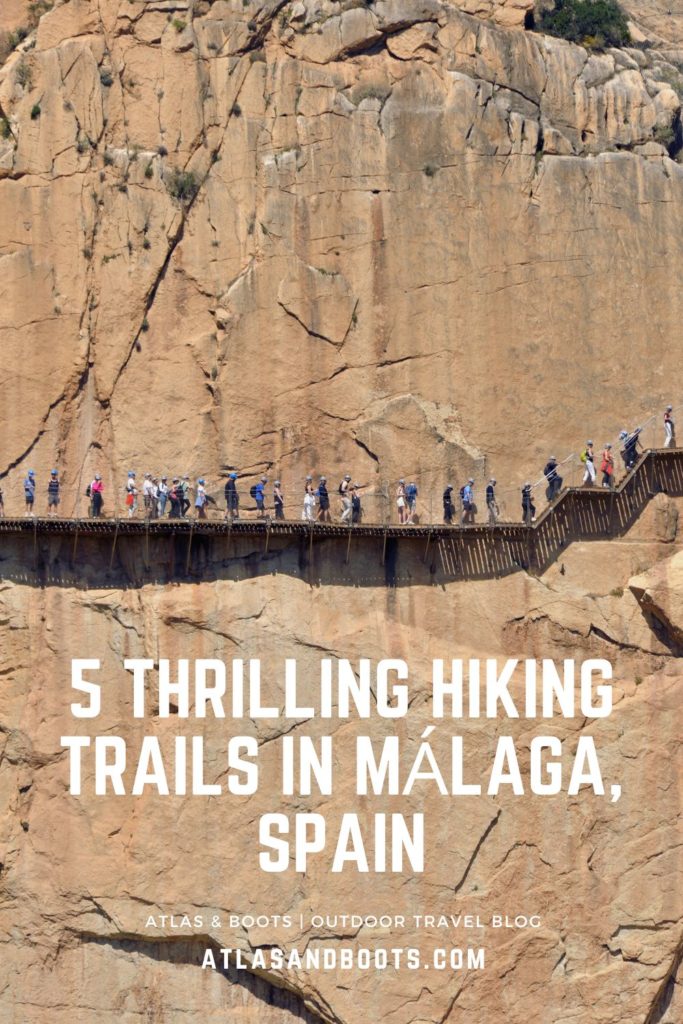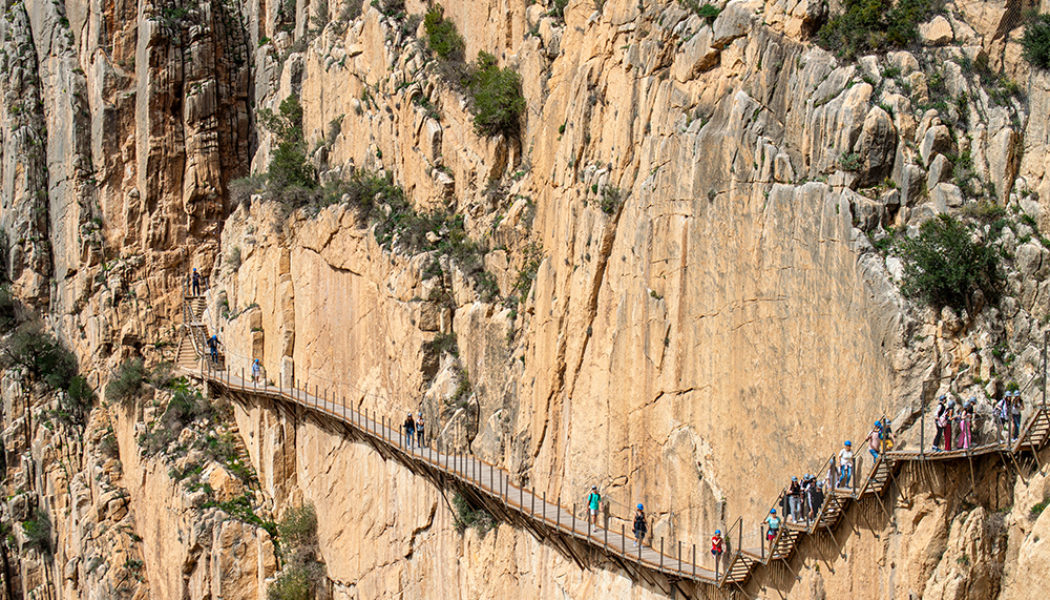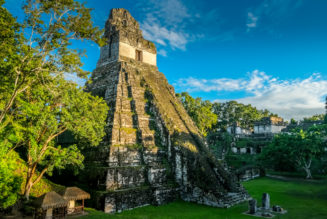From dizzying walkways to epic ascents, these hiking trails in Málaga are a superb way to tread beyond the touristy coastal resorts
For many, Málaga is simply a gateway to the crowded seaside resorts of the Costa del Sol. Relatively few will venture far from the beach. If they do, chances are they’ll head into the city which, after decades of being ignored by the masses, has undergone something of a reinvention.
However, look beyond sandy beach and city streets, towards the wider Málaga Province, and you will discover a landscape of plunging gorges, peaceful fir forests and rolling rocky mountains ripe for hiking.
Thrilling hiking trails in Málaga
Here are five thrilling hiking trails in Málaga, all within two hours of the city, offering alternative views of Spain’s tourist hotspot.
1. El Caminito del Rey
Distance: 8km
Duration: 2-3 hours
El Caminito del Rey (the King’s Little Pathway), is not the daredevil hike it once was, but it still gets the adrenalin pumping. Once considered one of the world’s most dangerous hikes, it is now a popular tourist attraction. The vertiginous walkway fell into disrepair and was officially closed for over a decade. After extensive restoration, it reopened in 2015.
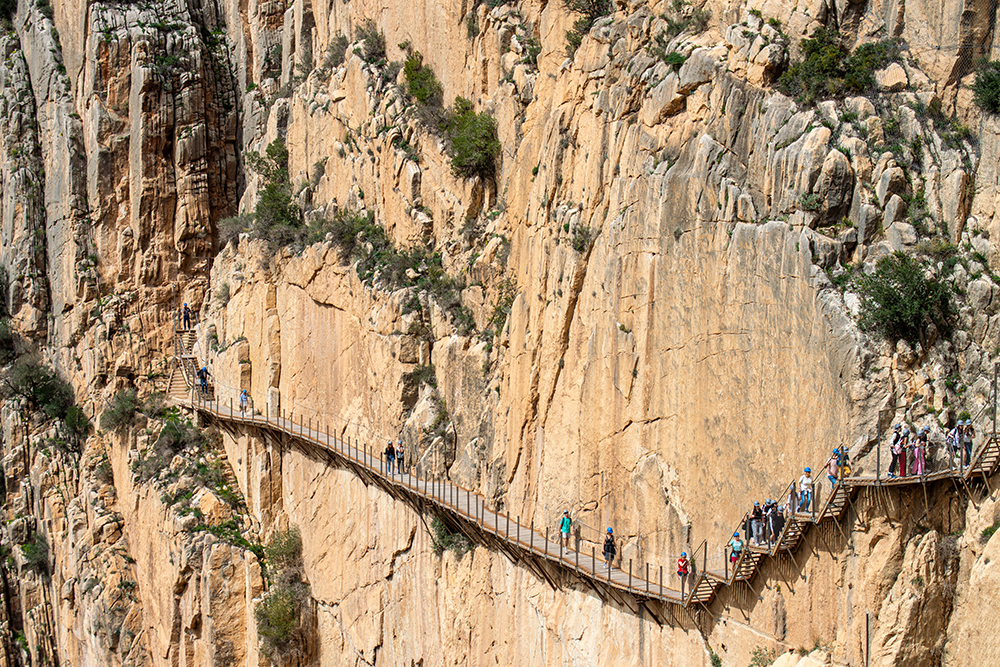
Despite the modifications, the hike has retained its USP as hikers are still required to work their way along the exposed walkways hanging over 100m up on a sheer cliff face. The views, naturally, are awesome. Hikers for El Caminito del Rey must buy tickets well in advance.
2. Torcal de Antequera (Yellow Route)
Distance: 2.7km
Duration: 1-2 hours
The UNESCO-listed Torcal de Antequera is one of Malaga’s most popular hiking destinations. The natural park is home to several colour-coded trails that twist and turn through its bizarre limestone landscape. The Yellow Route is widely considered the most impressive trail in the park thanks to its surreal scenery and almost guaranteed encounters with wild mountain goats.
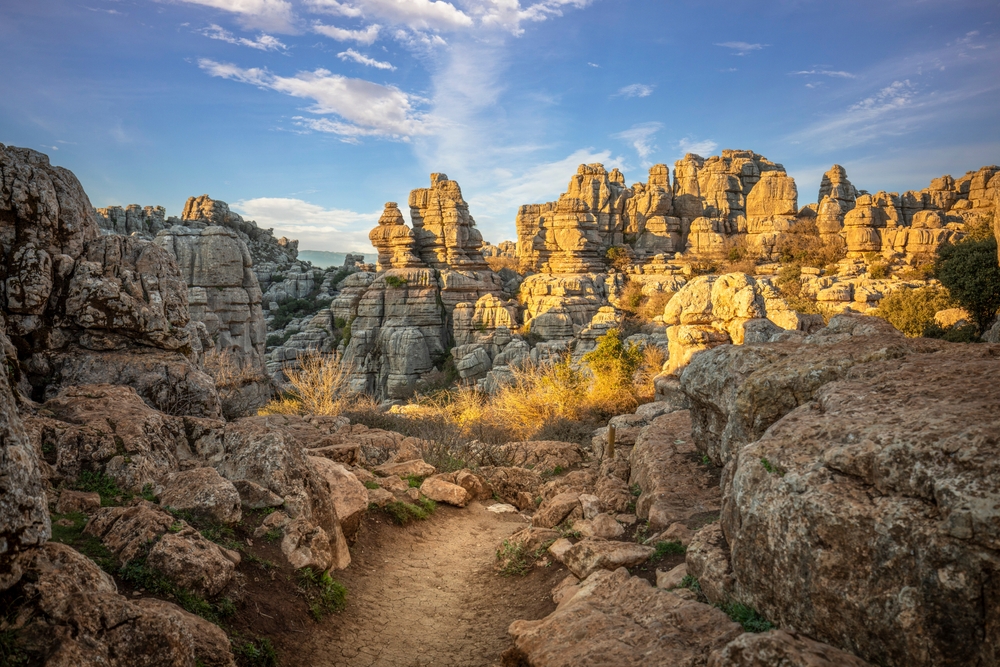
The trail begins at the impressive visitor centre, perched at 1,200m amidst some of the park’s most dramatic rock formations. It’s worth a visit before you begin the hike to get your bearings and learn about how the rocks were formed. There is an information desk, a small exhibition room, a shop, a restaurant and a sensational mirador (viewpoint).
3. Arabic Staircase (Escaleras Árabes)
Distance: 4-10km
Duration: 2-4 hours
The Arabic Staircase is a less thrilling but arguably more challenging alternative to El Caminito del Rey. The trail – located not far from the King’s Little Pathway so through similar terrain – is less exposed but, as the name implies, makes use of often steep man-made steps cut into the cliff. The well-preserved staircase is believed to have been built in the 15th century probably as part of a Mozarab trading route.
The standard route passes through the village of El Chorro before hugging the rock face as it ascends high above the surrounding hills, forests and lakes. There are several route extensions to the basic loop trail that can be easily added, making the hike as long as 10km.
4. Pico del Cielo
Distance: 21km
Duration: 6-8 hours
The climb to the summit of Pico del Cielo is a tough but rewarding ascent that offers stunning panoramic views. Throughout the long, sweaty climb, you’ll enjoy superb views of the Mediterranean coastline, the Sierras of Tejeda, Almijara and Alhama Natural Park. A simple crucifix and summit stone mark the apex of the 1,508m peak where, on a clear day, the Moroccan coastline across the Alboran Sea is visible.
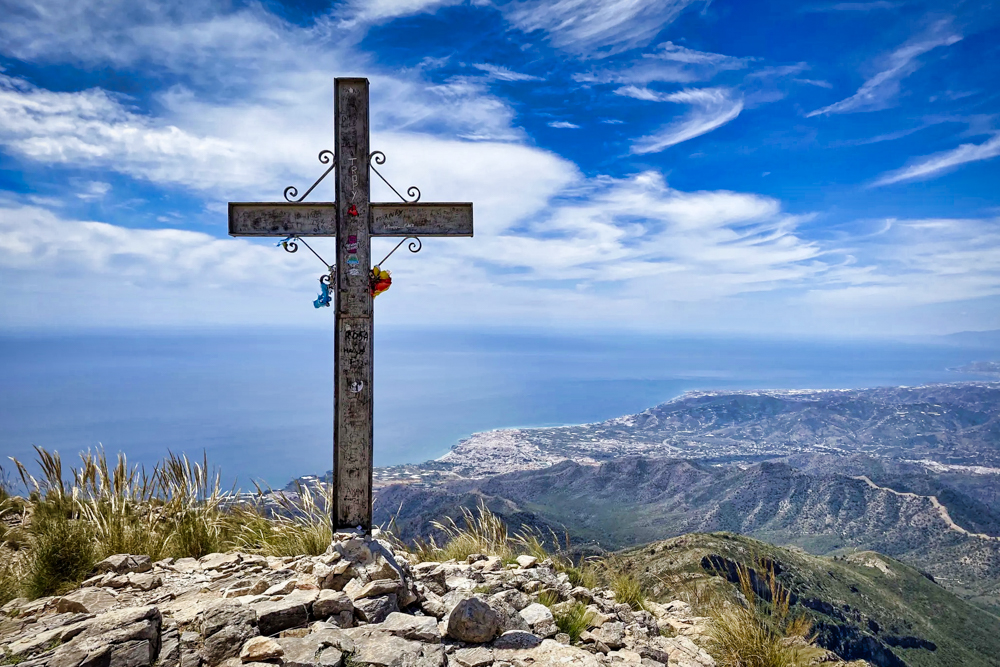
The popular trail is well marked and signposted throughout, even through the sections of scrubland, forest and rocky ridges. Some sections, particularly the scrambles, are more exposed so may not be for the fainthearted.
5. Pico Torrecilla
Distance: 24km
Duration: 7-9 hours
Located in the lush Sierra de las Nieves, the trail to the 1,919m-summit of Pico Torrecilla is a long day but worth the effort thanks to the spectacular views throughout. Spain’s newest national park (designated in 2021) is home to a rich variety of landscapes including Andalusia’s deepest gorge, Spain’s only remaining pinsapo (ancient fir tree) forest and folds of hulking peaks towering above quaint whitewashed villages.
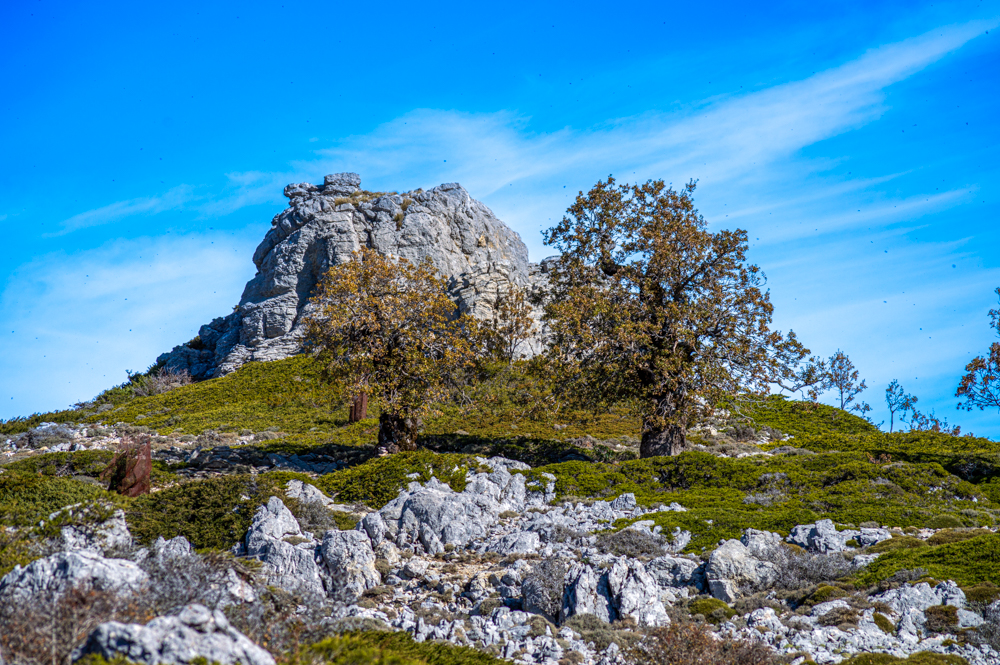
There is also a wealth of wildlife roaming the park which includes a 1,000-strong herd of ibex, a growing population of endangered Iberian lynx, roe deer, otters and various birds of prey (including golden eagles). The route to the park’s highest peak makes the most of the scenery but it is a long day – with an intense final clamber to the summit – so make sure you pack plenty of water, snacks and sun protection.
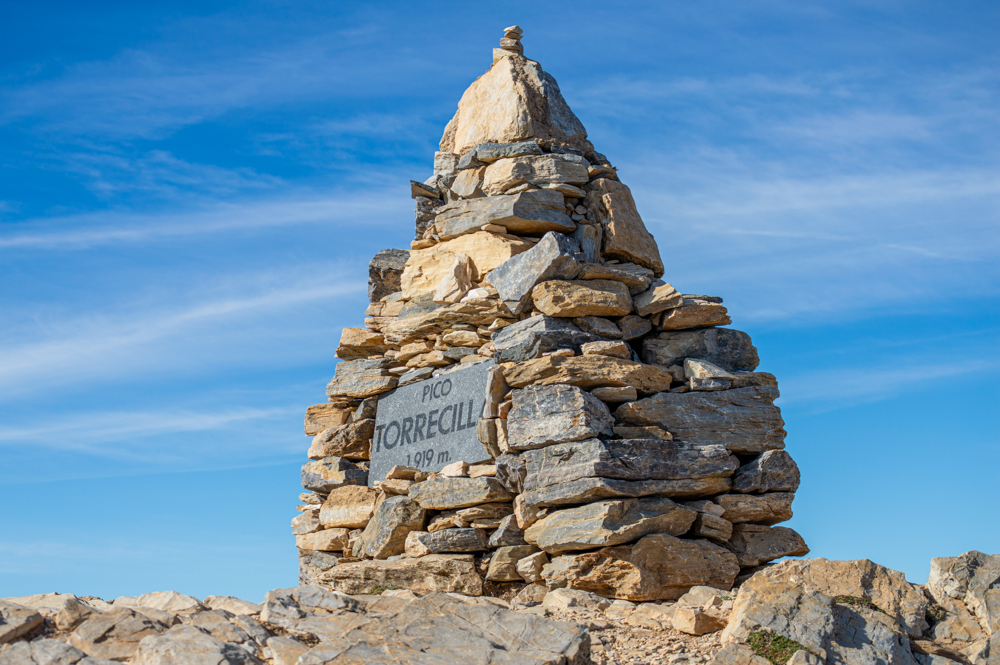
Hiking trails in Málaga: the essentials
What: Thrilling hiking trails in Málaga, Spain.
Where: Málaga is not short of accommodation options, from swanky five-star resorts to boutique hotels to backpacker hostels. We always use Booking.com for accommodation and recommend anything that scores 8 or above which is classed as ‘Very Good’ using their review system.
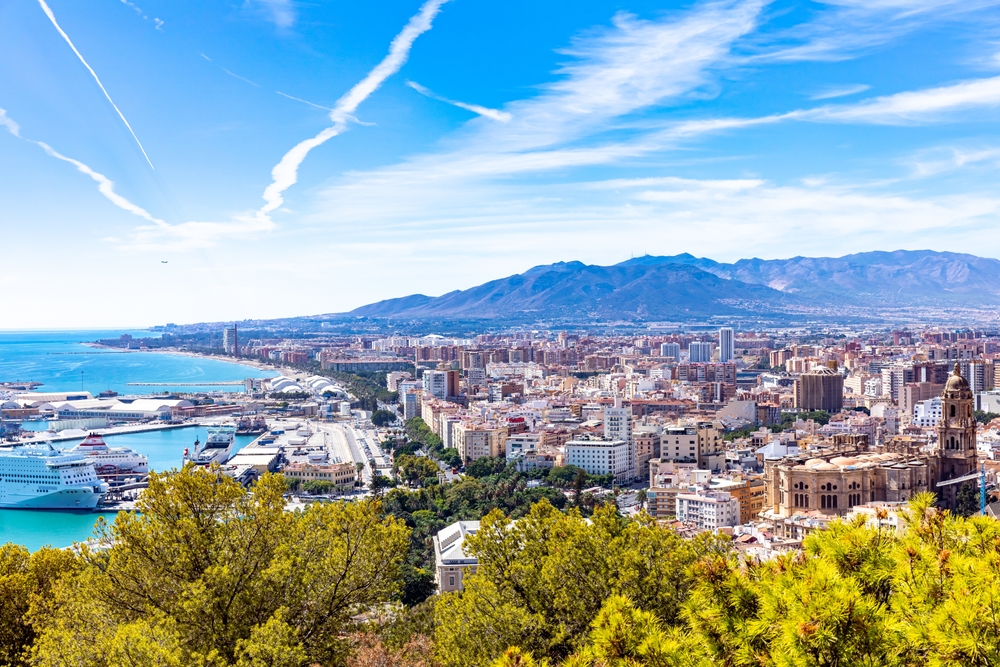
When: The best time to go hiking in Málaga is during the shoulder seasons from March to May or September to November. These periods offer milder temperatures, making hiking more comfortable. The summer months can be uncomfortably hot, especially in the afternoon. Spring and autumn also mean a lusher landscape, fewer crowds and cheaper accommodation.
How: While Málaga is well-served by public transport along the coastal resorts and in the major cities, the more remote hiking trails in Málaga can only be reached by car. As such, we recommend the car hire at Málaga Airport which will allow you to set your own schedule and explore the countryside at your own pace. When you collect your car, there is more information available on local hikes as well as advice and maps on journey planning.
Málaga-Costa del Sol Airport is one of the busiest airports in Spain and is well served by many destinations.
Enjoyed this post? pin it for later…
